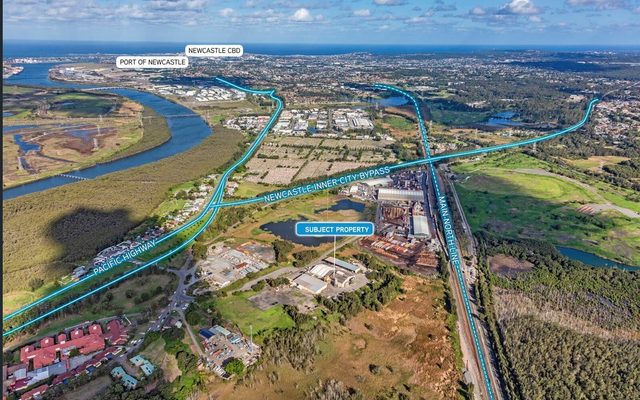This article is from the Australian Property Journal archive
PREMIUM regional lifestyle markets have been hardest hit by the softer market conditions, while affordable rural markets are tipped to keep showing resilience.
CoreLogic’s quarterly Regional Market Update, which examines Australia’s 25 largest non-capital city regions, shows just seven of the areas saw a house price increase in the year to April.
The south east region in South Australia, which includes areas such as Kangaroo Island, the Fleurieu Peninsula and the Limestone Coast, remains the best-performing regional house market in annual term, with value growth of 10.8%.
The New England and North West in NSW and Bunbury in Western Australia were next best, up 4.9% and 4.8% respectively.
At the other end of the scale were NSW lifestyle markets including the Richmond-Tweed, down 24.2%, the Southern Highlands and Shoalhaven, down 16.0%, and Illawarra, by 13.7%.
“Over the past year, premium lifestyle markets have been hardest hit by softer market conditions and rate increases,” said CoreLogic Australia economist Kaytlin Ezzy.
“These markets were among the largest beneficiaries of regional migration through the COVID-induced upswing and, as a result, became significantly more sensitive to the rising cost of debt and the normalisation in regional migration trends.”
House values in Richmond-Tweed skyrocketed by 51% during the pandemic before its higher price tag, the rising cost of debt and lingering impacts of the 2022 flood contributed to the hefty fall. The region also recorded the biggest fall in annual sales activity, down by just under 40%, and the highest vendor discounting rate at 7.9%.
Houses in Queensland’s Toowoomba sold fastest during the quarter, with a median time on market of 21 days. The Southern Highlands and Shoalhaven region, south of Sydney, recorded the longest days on market, with houses taking a median of 79 days to sell.
Riverina tops unit markets
The Riverina region in NSW recorded the largest annual increase in values, up 19.8% to April, followed by Queensland pair Cairns (up 15.2%) and Toowoomba (13.0%),
Richmond-Tweed again led the declines, with a drop of 13.9%, while the value of units in Geelong fell 10.6%.
Mackay – Isaac – Whitsunday was the only region to see an increase in the volume of unit sales over the year to February, with an uplift of 3.7%, while seven regions saw the volume of sales fall by 30% or more. The biggest declines were the Southern Highlands and Shoalhaven (down by 51.0%), Wide Bay, Queensland (by 37.5%) and Illawarra (by 37.3%).
Units across Cairns sold quicker than those in any other region, at 20 days, down from 32 days in the previous quarter. Hume in Victoria recorded the second lowest days (27), with the Gold Coast and Newcastle & Lake Macquarie right behind it.
Ballarat units were the slowest selling, at 64 days, followed by Richmond-Tweed at 60.
Vendors in Geelong were offering 5.5% discounts in order to secure a sale, and in Latrobe Gippsland region 2.0%.
Affordable rural markets resilient
Ezzy said affordable rural markets continue to show some resilience, having recorded only mild declines through the recent downswing, with a few regions still recording values at peak.
“Despite two interest rate rises over the first few months of the year, these markets offer relative affordability, have low listing levels, increased regional migration inflows and strong economic activity off the back of mining, agriculture and tourism.
“This has all helped support mild value growth,” she said.
There has also been some positive improvements in the quarterly house figures within the desirable commuter markets, such as the Gold Coast, and the Illawarra and Newcastle.
“Similar to Sydney and Melbourne, these more expensive regional commuter markets typically lead the cycle. Although mild, the positive growth seen over the three months to April may suggest we have moved through the trough in value declines and signals the start of a recovery phase across the regional markets,” Ezzy said.




